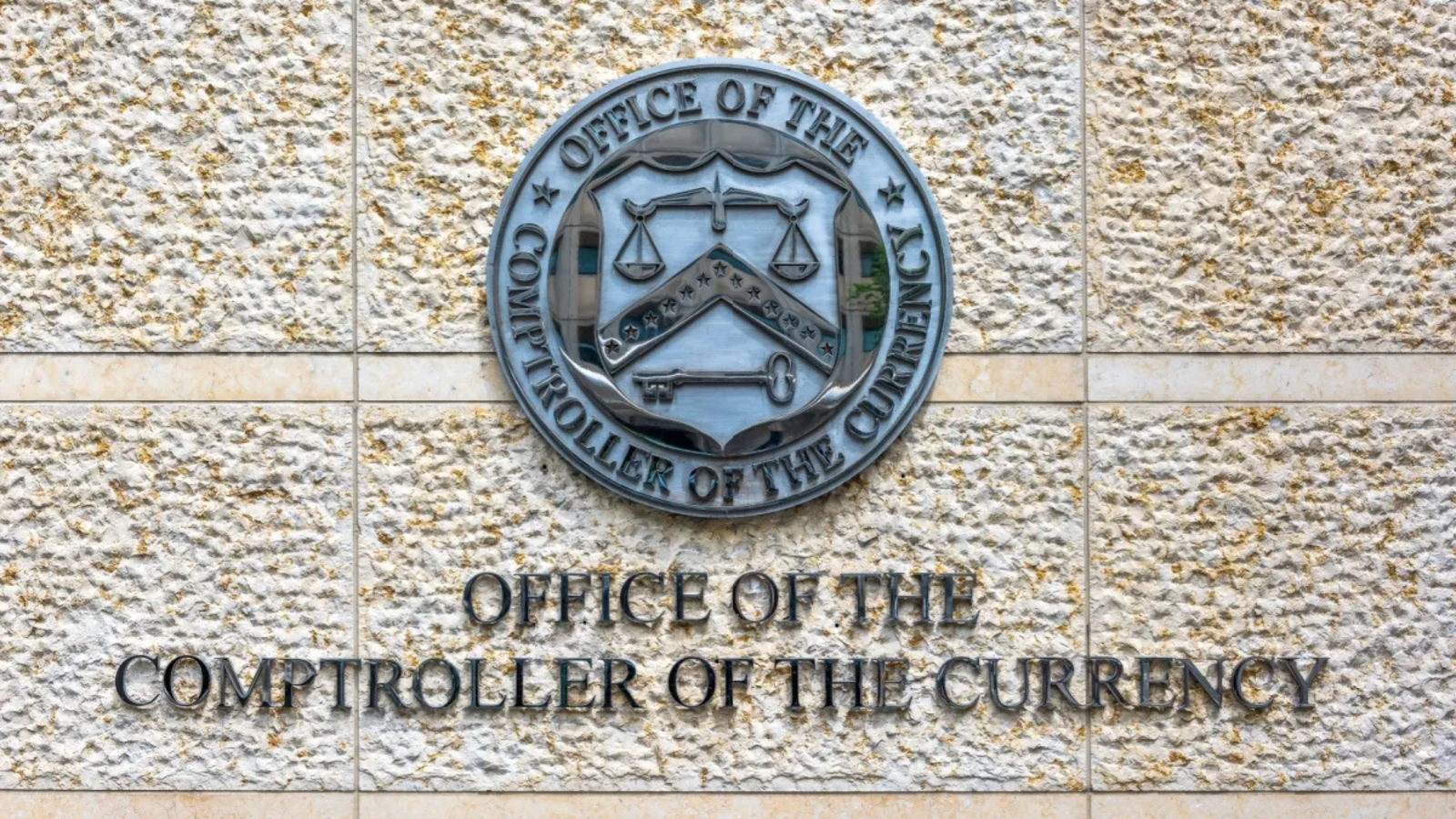The recent downturn in the Bitcoin market has drawn comparisons to the April drop, with many 2025 buyers now finding themselves in the red. According to data from CoinMetrics, the cryptocurrency’s price has fallen by over 20% since the start of the year, with the majority of this decline occurring in the past month. This correction has led to a significant increase in unrealized losses for investors who purchased Bitcoin in 2025. Meanwhile, analysts are warning that the market may be due for further volatility, citing the ongoing uncertainty surrounding regulatory developments and global economic trends.
Looking at the data, it is clear that the current market conditions are eerily similar to those seen in April. At that time, the Bitcoin price had experienced a significant surge, only to be followed by a sharp correction. According to a report by Bloomberg, the April drop was largely driven by a combination of factors, including profit-taking by investors and a decline in market sentiment. However, the current correction appears to be more deeply rooted, with many investors citing concerns over the potential impact of increased regulatory scrutiny on the market. Expert commentary from firms such as Goldman Sachs suggests that the market is likely to remain volatile in the short term, with investors advised to exercise caution when making investment decisions.
The impact of the correction on investor sentiment has been significant, with many buyers who entered the market in 2025 now facing substantial losses. Data from Glassnode shows that the number of addresses holding Bitcoin at a loss has increased by over 30% in the past month, with the majority of these addresses having been active in 2025. This has led to a decline in market confidence, with some investors opting to sell their holdings and realize their losses. However, others are taking a more optimistic view, citing the long-term potential of the cryptocurrency market and the potential for future growth. According to a report by Deloitte, many institutional investors remain bullish on the market, with some firms increasing their exposure to Bitcoin and other cryptocurrencies.
Meanwhile, the Forex market has also been impacted by the Bitcoin correction, with some currencies experiencing significant fluctuations in value. The US dollar, in particular, has seen a surge in value, with the US Dollar Index increasing by over 2% in the past week. This has led to a decline in the value of other currencies, including the euro and the yen. However, experts warn that this trend may be short-lived, citing the potential for further volatility in the market. Looking ahead, the key to understanding the impact of the Bitcoin correction on the Forex market will be to monitor the actions of institutional investors and the responses of regulatory bodies.
The significance of the Bitcoin correction cannot be overstated, with the potential to impact not only the cryptocurrency market but also the broader financial sector. According to a report by PwC, the growth of the cryptocurrency market has led to an increase in investment and innovation, with many firms exploring the potential of blockchain technology. However, the current correction has highlighted the risks associated with investing in cryptocurrencies, with some investors facing significant losses. As the market continues to evolve, it is likely that regulatory bodies will play an increasingly important role in shaping the future of the industry. Ultimately, the outcome of this correction will depend on a variety of factors, including the actions of investors, regulatory developments, and global economic trends.
In conclusion, the Bitcoin correction has had a significant impact on the market, with many 2025 buyers now facing substantial losses. As the market continues to evolve, it is likely that volatility will remain a key feature, with investors advised to exercise caution when making investment decisions. According to data from CryptoCompare, the Bitcoin price is likely to remain range-bound in the short term, with some analysts predicting a potential decline to $20,000. However, others are more optimistic, citing the long-term potential of the cryptocurrency market and the potential for future growth. Looking ahead, the key to understanding the impact of the Bitcoin correction will be to monitor the actions of institutional investors and the responses of regulatory bodies, with the potential for significant implications for the broader financial sector.













